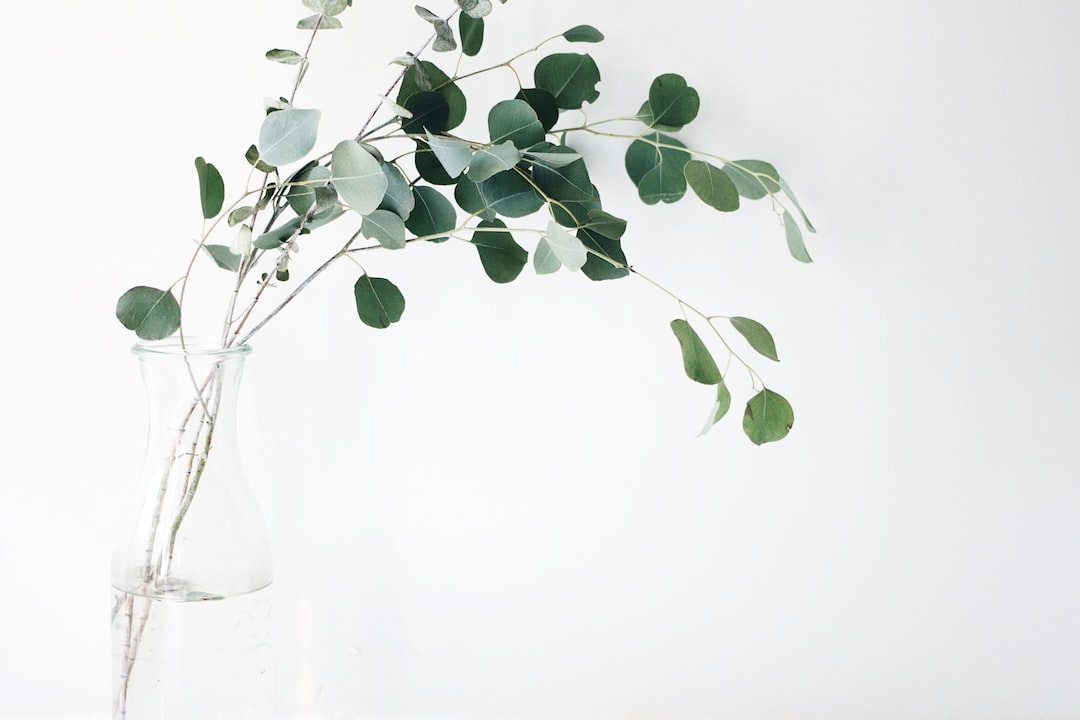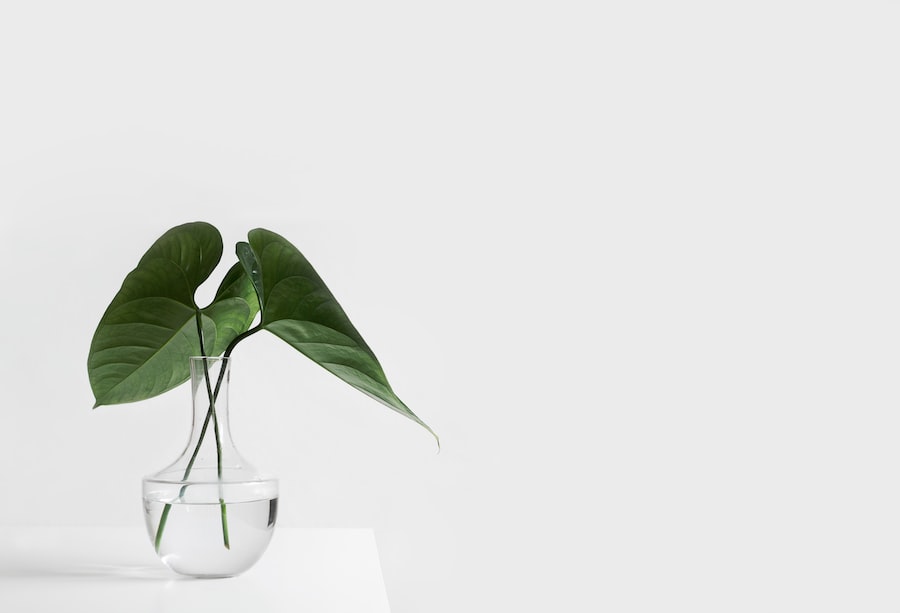From Pumpkin to Plant: How to Save and Grow Your Own Pumpkin Seeds

Growing your own pumpkin seeds can be a rewarding and cost-effective endeavor. Not only does it save you money, but it also allows you to have control over the growing process and ensures that you are consuming fresh, organic produce. There is a certain satisfaction that comes with growing your own food, and pumpkin seeds are no exception. In this article, we will explore the various benefits of growing your own pumpkin seeds and provide you with a comprehensive guide on how to do so successfully.
Key Takeaways
- Growing your own pumpkin seeds can provide numerous benefits, including cost savings and the ability to control the quality of your seeds.
- Harvesting and preparing pumpkin seeds for planting involves removing the seeds from the pumpkin, cleaning them, and drying them out.
- Choosing the right location for planting pumpkin seeds involves finding a spot with plenty of sunlight and good drainage.
- Soil preparation and fertilization are crucial for growing healthy pumpkin plants, and can involve adding compost or other organic matter to the soil.
- Watering and maintenance tips for thriving pumpkin seedlings include keeping the soil moist but not waterlogged, and protecting the plants from extreme temperatures and pests.
Harvesting and Preparing Your Pumpkin Seeds for Planting
To begin the process of growing your own pumpkin seeds, you first need to harvest and prepare them for planting. Start by selecting a ripe pumpkin from your garden or purchasing one from a local farmer’s market. Cut open the pumpkin and scoop out the seeds using a spoon or your hands. Separate the seeds from the pulp and place them in a colander.
Once you have collected all the seeds, rinse them thoroughly under cold water to remove any remaining pulp. It is important to clean the seeds well to prevent any mold or rot from developing during storage or planting. After rinsing, spread the seeds out on a clean towel or paper towel to dry. Allow them to air dry completely, which usually takes about a week.
Once the seeds are dry, store them in an airtight container or envelope until planting season arrives. Be sure to label the container with the date and variety of pumpkin seeds to keep track of them easily.
Choosing the Right Location for Planting Pumpkin Seeds
When it comes to planting pumpkin seeds, choosing the right location is crucial for their growth and development. Pumpkins require full sun exposure, so select an area in your garden that receives at least six hours of direct sunlight each day. Additionally, pumpkins need ample space to spread out their vines, so make sure there is enough room for them to grow.
It is also important to consider the soil conditions in the chosen location. Pumpkins thrive in well-drained soil that is rich in organic matter. Before planting, test the soil pH and make any necessary adjustments to ensure it falls within the optimal range of 6.0 to 7.5. If the soil is too acidic, add lime to raise the pH, and if it is too alkaline, add sulfur to lower it.
Soil Preparation and Fertilization for Growing Healthy Pumpkin Plants
| Soil Preparation and Fertilization for Growing Healthy Pumpkin Plants | |
|---|---|
| Soil pH | 6.0-7.5 |
| Organic Matter | 2-3% |
| Nitrogen | 50-100 lbs/acre |
| Phosphorus | 50-100 lbs/acre |
| Potassium | 100-150 lbs/acre |
| Calcium | 1000-2000 lbs/acre |
| Magnesium | 100-200 lbs/acre |
| Sulfur | 20-30 lbs/acre |
| Boron | 1-2 lbs/acre |
| Zinc | 1-2 lbs/acre |
Preparing the soil before planting pumpkin seeds is essential for growing healthy plants. Start by removing any weeds or debris from the planting area. This will prevent competition for nutrients and ensure that the pumpkin plants have enough space to grow.
Next, amend the soil with compost or well-rotted manure to improve its fertility and structure. Spread a layer of compost or manure over the planting area and use a garden fork or tiller to incorporate it into the soil. This will provide essential nutrients and improve drainage.
In addition to organic matter, pumpkins also benefit from a balanced fertilizer application. Before planting, apply a slow-release fertilizer according to the package instructions. This will provide a steady supply of nutrients throughout the growing season.
Watering and Maintenance Tips for Thriving Pumpkin Seedlings
Proper watering and maintenance are crucial for the success of pumpkin seedlings. Watering should be done deeply and infrequently to encourage deep root growth. Aim to provide about one inch of water per week, either through rainfall or irrigation.
To prevent overwatering, check the moisture level of the soil before watering. Stick your finger about an inch into the soil – if it feels dry at that depth, it’s time to water. Avoid watering the leaves of the pumpkin plants, as this can promote disease development.
In terms of maintenance, it is important to keep an eye out for any signs of pests or diseases. Regularly inspect the plants for any abnormalities, such as yellowing leaves or wilting. If you notice any issues, take immediate action to prevent further damage. This may involve removing affected leaves or treating the plants with organic pest control methods.
Protecting Your Pumpkin Plants from Pests and Diseases

Pumpkin plants are susceptible to a variety of pests and diseases, but there are several natural remedies and preventative measures you can take to protect them. One common pest that affects pumpkins is the squash bug. To deter squash bugs, plant companion plants such as marigolds or nasturtiums nearby, as their strong scent repels these pests.
Another common pest is the cucumber beetle, which can transmit bacterial wilt to pumpkin plants. To prevent cucumber beetles, cover the plants with row covers until they begin to flower. This will create a physical barrier and prevent the beetles from reaching the plants.
In terms of diseases, powdery mildew is a common issue that affects pumpkin plants. To prevent powdery mildew, ensure proper air circulation by spacing the plants adequately and avoiding overhead watering. If powdery mildew does appear, treat it with a mixture of water and baking soda or a fungicidal spray.
Tips for Maximizing Your Pumpkin Seed Yield
If you want to maximize your pumpkin seed yield, there are several tips you can follow. First, make sure to provide adequate spacing between the plants. Pumpkins require plenty of room to spread out their vines, so allow at least six feet between each plant.
Additionally, pruning can help increase the yield of pumpkin seeds. Remove any excess foliage or side shoots to redirect energy towards fruit production. Be careful not to remove too much foliage, as the leaves provide shade and protect the fruit from sunburn.
Fertilization is also important for maximizing seed yield. Apply a balanced fertilizer every four to six weeks throughout the growing season to provide a continuous supply of nutrients. This will ensure that the plants have the necessary resources to produce a bountiful harvest.
Harvesting and Storing Your Pumpkin Seeds for Future Planting Seasons
Once your pumpkins have fully matured, it is time to harvest and store the seeds for future planting seasons. To determine if a pumpkin is ready for harvest, check the skin for a deep, consistent color and press your fingernail into it – if it doesn’t puncture easily, it is ripe.
To harvest the seeds, cut open the pumpkin and scoop them out using a spoon or your hands. Separate the seeds from the pulp and place them in a colander. Rinse the seeds thoroughly under cold water to remove any remaining pulp.
After rinsing, spread the seeds out on a clean towel or paper towel to dry. Allow them to air dry completely, which usually takes about a week. Once dry, store the seeds in an airtight container or envelope in a cool, dry place until planting season arrives.
Creative Ways to Use Your Homegrown Pumpkin Seeds in the Kitchen
Homegrown pumpkin seeds can be used in a variety of creative ways in the kitchen. One popular method is roasting them. Simply toss the seeds with olive oil, salt, and any desired seasonings, then spread them out on a baking sheet and roast at 350°F for about 15-20 minutes, or until golden brown.
Roasted pumpkin seeds can be enjoyed as a snack on their own or used as a topping for salads, soups, or roasted vegetables. They can also be ground into a powder and used as a seasoning or added to baked goods such as breads or muffins.
Another way to use homegrown pumpkin seeds is by making pumpkin seed butter. Similar to peanut butter, pumpkin seed butter is made by blending roasted pumpkin seeds until smooth and creamy. It can be spread on toast, used as a dip for fruits or vegetables, or incorporated into smoothies or sauces.
The Satisfaction of Growing Your Own Pumpkin Seeds
In conclusion, growing your own pumpkin seeds can be a rewarding and fulfilling experience. Not only does it save you money, but it also allows you to have control over the growing process and ensures that you are consuming fresh, organic produce. By following the steps outlined in this article, you can successfully harvest, prepare, and plant pumpkin seeds, and enjoy the satisfaction of growing your own food. So why not give it a try and start growing your own pumpkin seeds today?
If you’re interested in learning how to save pumpkin seeds to plant, you’ll definitely want to check out this informative article on Lawn World’s website. They provide a step-by-step guide on how to properly save and store pumpkin seeds for future planting. From selecting the right pumpkins to extracting and cleaning the seeds, this article covers it all. To access this valuable resource, simply click here and start your journey towards growing your own pumpkins from seed.
FAQs
What is the best time to save pumpkin seeds?
The best time to save pumpkin seeds is after the pumpkin has fully ripened and the seeds have matured.
How do I know if the pumpkin seeds are mature?
Mature pumpkin seeds are hard and fully developed. They are usually white or cream-colored and have a hard outer shell.
What is the process for saving pumpkin seeds?
To save pumpkin seeds, first remove them from the pumpkin and rinse them in water to remove any pulp or debris. Then, spread the seeds out on a flat surface to dry for several days. Once the seeds are completely dry, store them in a cool, dry place in an airtight container.
How long can I store pumpkin seeds?
Pumpkin seeds can be stored for up to six years if they are kept in a cool, dry place in an airtight container.
Can I plant pumpkin seeds directly from the pumpkin?
Yes, you can plant pumpkin seeds directly from the pumpkin. However, it is recommended to save the seeds and dry them out before planting to ensure the best chance of germination.



